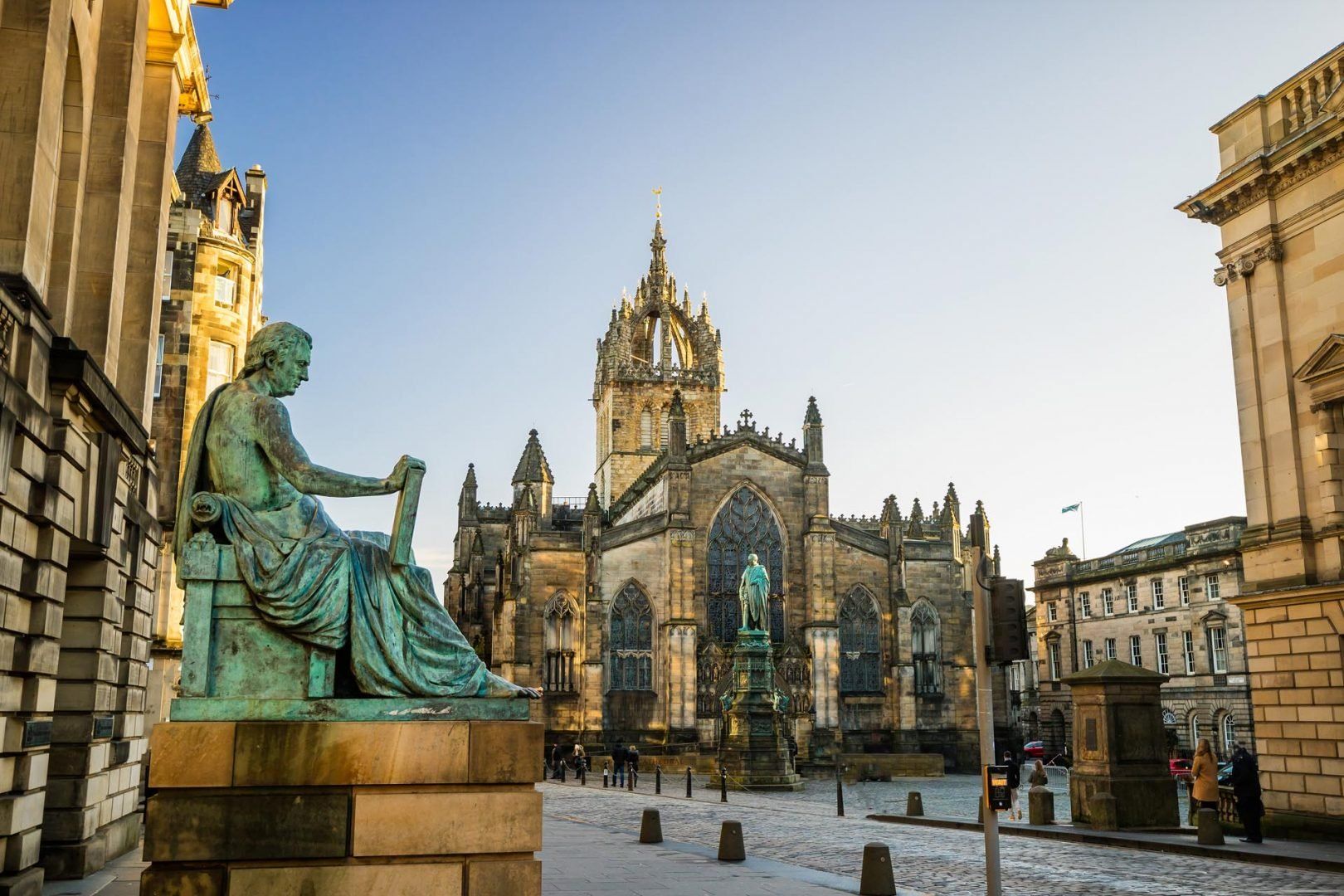28. Explore the remote parts of the Isle of Skye
For many visitors, the Isle of Skye (An t-Eilean Sgiathanach) is the Highlands in miniature. With its shapely summits and shifting seascapes, its superb hiking routes, wildlife and crofting villages, it crams much of the region’s appeal into one manageable island. It even has classic Highlands weather.
According to one theory, Skye is named after the Old Norse for ‘cloud’ (skuy), earning itself the Gaelic moniker Eilean a’ Cheò (Island of Mist). Despite unpredictable weather, tourism has been an important part of the economy since the railway reached Kyle of Lochalsh in 1897.
People still come in droves, yet Skye is deceptively large. You’ll get the most out of it – and escape the worst crowds – if you explore the remoter parts of the island, and visit outside of the tourist season, which enters full-throttle between June and August.
Get a chance to admire Europe’s oldest mountain, stroll along sandy beaches on the Scottish West Coast, and visit the mysterious Isle of Skye on this tailor-made Highland Tour.
Find more accommodation options to stay at the Isle of Skye























































